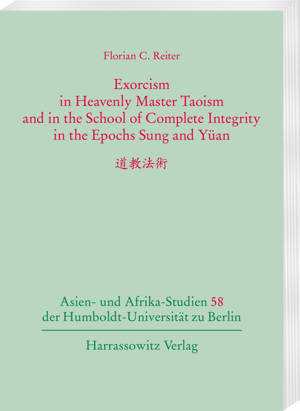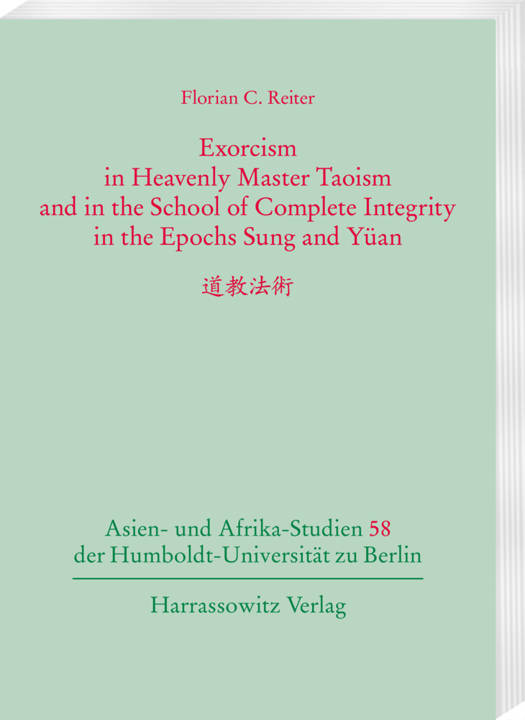
- Afhalen na 1 uur in een winkel met voorraad
- Gratis thuislevering in België vanaf € 30
- Ruim aanbod met 7 miljoen producten
- Afhalen na 1 uur in een winkel met voorraad
- Gratis thuislevering in België vanaf € 30
- Ruim aanbod met 7 miljoen producten
Zoeken
Exorcism in Heavenly Master Taoism and in the School of Complete Integrity in the Epochs Sung and Yuan
Florian C Reiter
€ 51,45
+ 102 punten
Omschrijving
The book deals with elements of the inexhaustible phenomenon of exorcism that is an antique and integral part of Taoist professional culture. The study continues along the line of earlier monographs by Florian C. Reiter (AKM 61,81; AAS 48,55) that present related themes. The epochs Sung and Yuan saw the scholarly interest in exorcism gaining strength which some Taoist practitioners of the time documented. The book first focusses on the priests Wang Wen-ch'ing and Sa Shou-chien (12th/13th ct. CE), and presents some Great Rituals of Thunder Magic that originated in their time. The two priests represented Heavenly Master Taoism, that in the Han-period (2nd ct. CE) emerged and originally used significant exorcist methods. The School of Complete Integrity appeared in the 12th ct. CE, and developed a limited range of operation which was different from Heavenly Master Taoism. The School recommended periods of an ascetic self-cultivation that was realized in celibatarian life. The School did not have any religious ambition. Nevertheless, the author finds that the craft of Taoist exorcism was present in The Schoo which some of the founding patriarchs demonstrated. He distinguishes between passive and active exorcism, and considers the background and the standing of the respective persons in the School of Complete Integrity. The book is based on a wide spectrum of canonical materials that are introduced and explained.
Specificaties
Betrokkenen
- Auteur(s):
- Uitgeverij:
Inhoud
- Aantal bladzijden:
- 210
- Taal:
- Engels
- Reeks:
- Reeksnummer:
- nr. 58
Eigenschappen
- Productcode (EAN):
- 9783447120180
- Verschijningsdatum:
- 15/03/2023
- Uitvoering:
- Paperback
- Formaat:
- Trade paperback (VS)
- Afmetingen:
- 170 mm x 16 mm
- Gewicht:
- 439 g

Alleen bij Standaard Boekhandel
+ 102 punten op je klantenkaart van Standaard Boekhandel
Beoordelingen
We publiceren alleen reviews die voldoen aan de voorwaarden voor reviews. Bekijk onze voorwaarden voor reviews.











